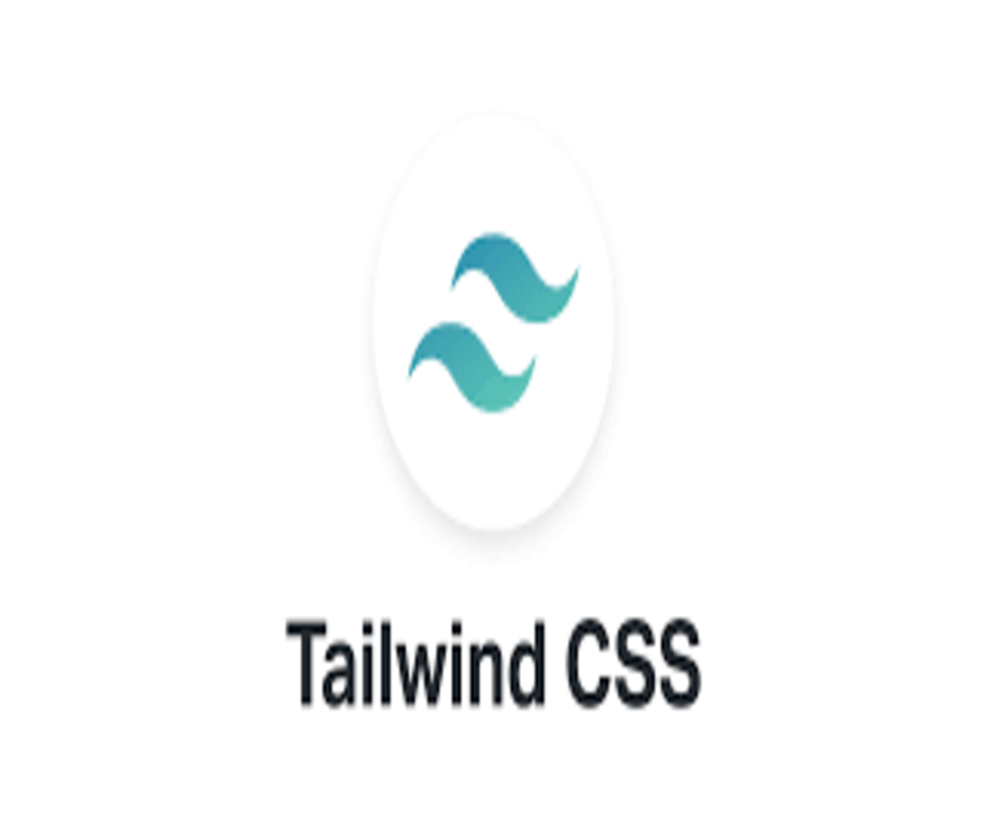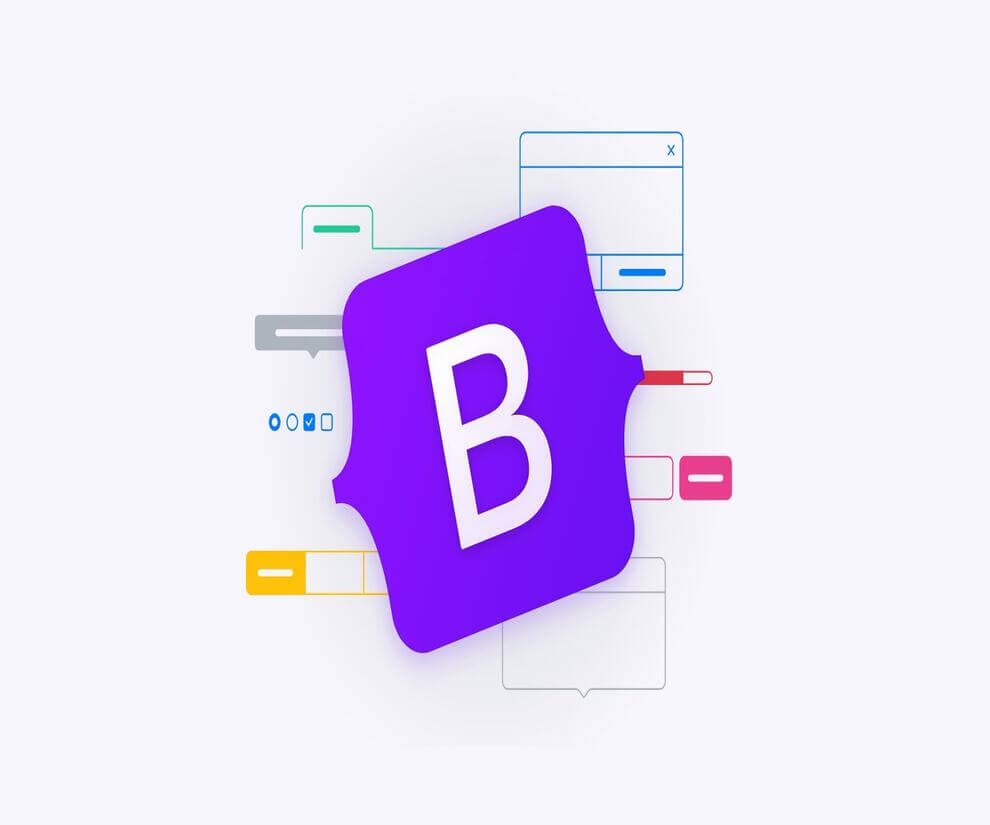In today’s web development world, using CSS frameworks has become an essential part of Frontend development. Thanks to these frameworks, building web interfaces has become faster, easier, and time-efficient. In this article, we will go over the top 5 best CSS frameworks for developers in 2024.
What is a CSS Framework?
A CSS Framework is a toolkit organized into structured CSS code snippets designed to solve common and repetitive issues during the development of website interfaces. Using CSS frameworks offers many significant benefits for developers, including:
-
Improved Development Process: By using predefined classes and IDs, CSS frameworks optimize the development process by reducing the need to rewrite CSS code and creating consistent interfaces across multiple pages and projects.
-
Cross-Platform Compatibility: CSS frameworks are designed to work well across different browsers and versions, ensuring that the website interface displays consistently on all platforms.
-
Increased Productivity: By providing pre-built components and utilities, CSS frameworks help reduce the time and effort needed to build basic interface elements, thus boosting developers’ productivity.
-
Consistent Design: Using CSS frameworks helps create uniform layouts and styles across the same website or between different products within an organization, improving brand identity and user experience.
Tailwind CSS
Tailwind CSS is a relatively new framework, launched in 2017, and it stands out from previous CSS frameworks. While older frameworks often focused on providing pre-designed components for developers to use as a base for their interfaces, Tailwind takes a different approach. Instead, Tailwind provides a set of low-level utility classes that allow users to build designs according to their own style.
Some of the key advantages of Tailwind CSS include:
-
Flexibility: Tailwind offers flexibility by allowing users to create unique and customized designs. Instead of relying on pre-built components, users can freely design interfaces that reflect their own ideas and aesthetics.
-
Faster Development: With its simple and intuitive syntax, Tailwind helps speed up project development. Users do not need to switch between HTML and CSS while coding, saving time and increasing productivity.
-
Optimized CSS: Tailwind uses PurgeCSS to optimize CSS code, removing unused classes and reducing the size of the generated CSS file. This helps optimize performance and speed up page loading times.
-
High Customizability: Tailwind provides high customization options through overriding the default configurations using the
tailwind.config.jsfile. Users can easily adjust and tailor it to meet the specific needs of their project.

Bootstrap
Next on the list of the top CSS frameworks for 2024 is Bootstrap. Bootstrap is one of the most popular and widely used frameworks in the web development community.
Developed in 2011, Bootstrap has become an indispensable framework and is considered the standard for building web interfaces.
With millions of websites using it and a skill considered mandatory for every Frontend developer, Bootstrap has firmly established its position in the market.
Bootstrap is not just a CSS framework; it also includes HTML, SASS, and JavaScript, making it a complete Frontend framework.
While this is a strength, using Bootstrap can also significantly increase the size of the project.
Here are some key advantages of Bootstrap:
-
Huge Ecosystem: Bootstrap provides a vast library of layouts, themes, and other UI components, making it easy for developers to create beautiful and professional interfaces. The community that uses and contributes to Bootstrap is also large and experienced, so you can quickly get support when encountering issues.
-
Rapid Prototyping: With its integration of HTML and JavaScript, Bootstrap provides ready-made templates that save time and effort during development. You can easily create the initial interface of a website in a visual and quick manner.
-
Support for SASS and LESS: Bootstrap not only supports CSS but also supports SASS and LESS, allowing you to customize the interface as you wish and create more unique and flexible designs. This is a strength that not many other CSS frameworks can offer.

Foundation
Foundation is a CSS framework built using two languages, SASS and SCSS, which provides various capabilities to optimize the web design process quickly and effectively.
This framework follows a mobile-first architecture, ensuring that the interface is optimized for mobile devices first. Foundation shares similarities with Bootstrap, offering a complete UI framework that includes HTML and JavaScript.
Here are some key advantages of Foundation:
-
Comprehensive Toolset: Foundation provides a wide and diverse set of tools that address most of the issues developers may face when building a website. From basic layouts to complex UI components, Foundation offers corresponding solutions for each.
-
Flexibility: This framework doesn’t require developers to stick to a specific style or language. Instead, it allows for customization and flexible control over the user interface, enabling developers to create unique websites that meet the specific needs of their projects.
-
Support for GPU Acceleration: Foundation supports GPU acceleration, allowing smooth and fast execution of effects and animations. This enhances the user experience, making the effects on the website more dynamic and engaging.

Bulma
Bulma is considered one of the top CSS frameworks you should consider using. Bulma is an open-source framework based on Flexbox, a technology that helps build flexible and smooth web layouts.
It implements grid systems to create Metro-style grids, giving web interfaces a modern and attractive look. The source code of Bulma is entirely open, and you can freely edit or extend its functionality as needed.
One of Bulma’s strengths is that it only uses CSS and does not rely on JavaScript, making it smoother to handle and providing better performance for websites.
Here are some key advantages of Bulma:
-
Easy to Learn and Use: Bulma is designed in a modular format, with high customization capabilities, making it easy to use for developers. You can easily apply and adjust components to fit the specific needs of your project.
-
High Compatibility: Bulma is written entirely in CSS, without the need for JavaScript. This ensures that websites using Bulma are highly compatible across various browsers without encountering any restrictions.
-
Regularly Updated Features: Bulma is frequently updated with new features, ensuring it continues to meet the latest requirements and trends in web development. This ensures that you can continue using Bulma effectively and modernly in your projects.
Skeleton
Although it doesn’t claim to be a full-fledged CSS framework, Skeleton’s simplicity and efficiency are highly appreciated by the development community.
With just about 400 lines of code, this lightweight tool was created with the goal of building flexible CSS elements that are compatible with both large screens and mobile devices.
Skeleton includes all the essential components for creating responsive designs, with the ability to split the page into a 12-column grid. Its implementation syntax is very quick and simple, saving time during development.
Here are some key advantages of Skeleton:
-
Lightweight and Easy to Store: With only 400 lines of code, Skeleton is very lightweight and easy to store and manage. This makes it easier to use and maintain the project.
-
Mobile-First Focus: Skeleton is optimized for mobile devices, making it a suitable choice for developers starting to design web interfaces.
-
Easy to Learn and Implement: With its simple and clear syntax, Skeleton is a tool that’s easy to learn and implement, even for those new to web development.
Conclusion
Above are the top 5 CSS frameworks that developers should consider using in 2024.
Depending on the needs and characteristics of the project, developers can choose the most suitable framework to build web interfaces effectively and quickly. Keep researching and experimenting to find the best fit for your project!
